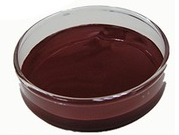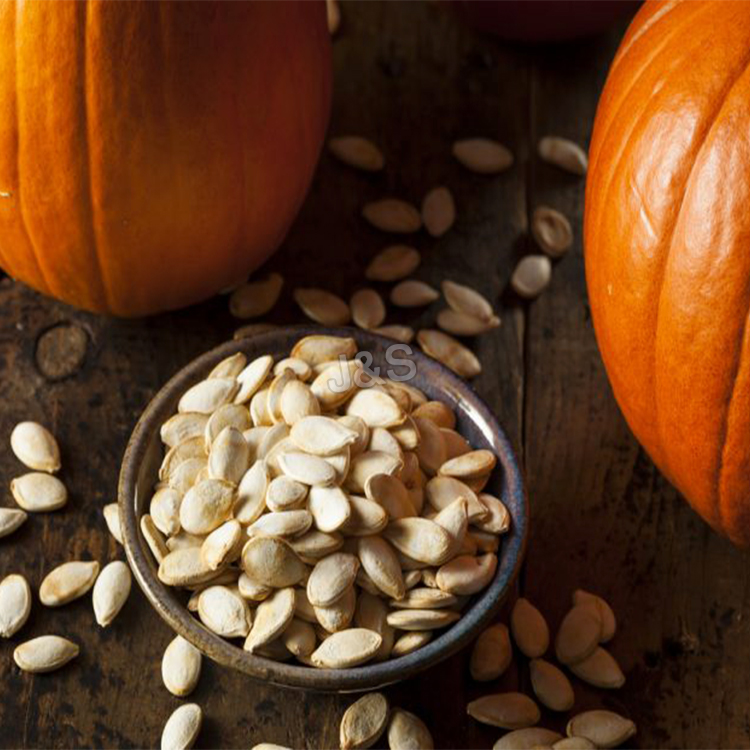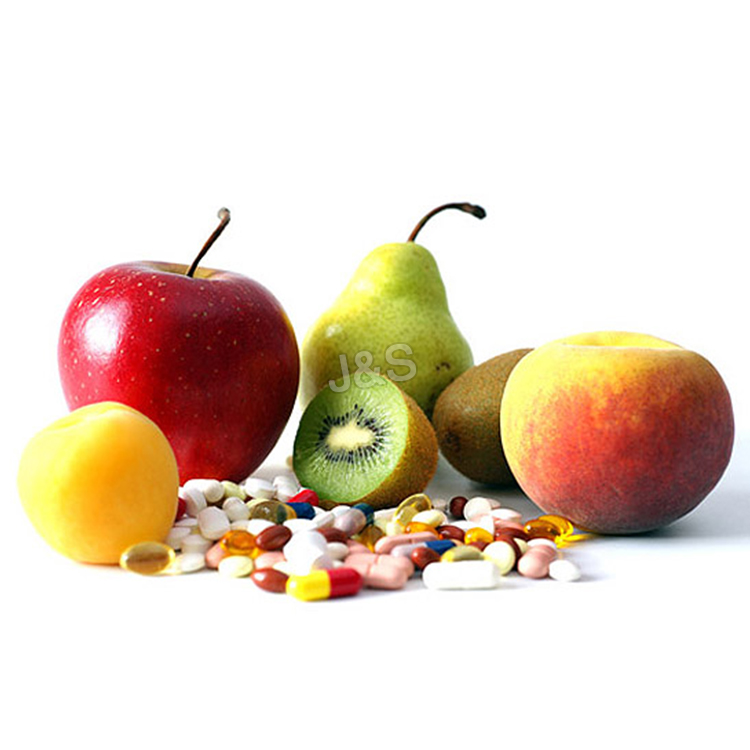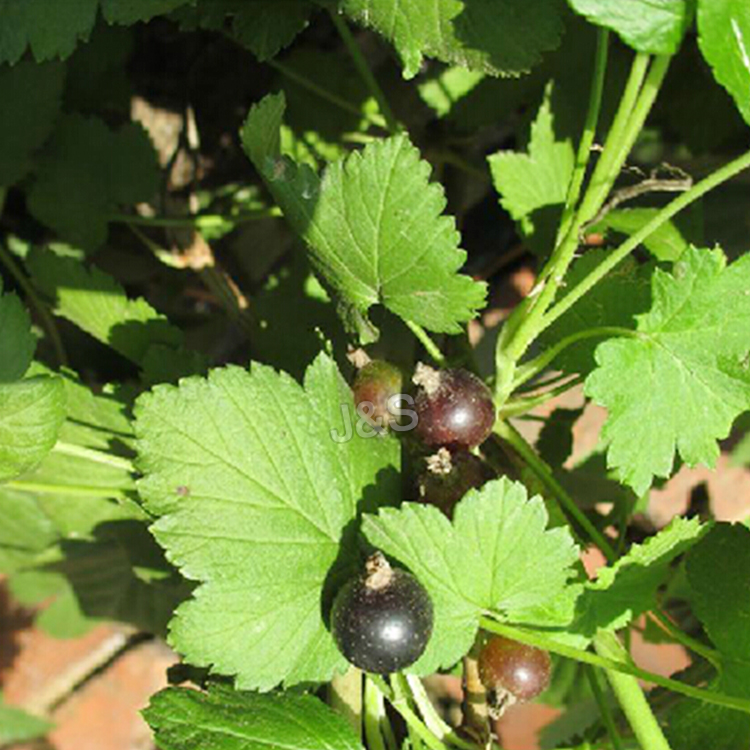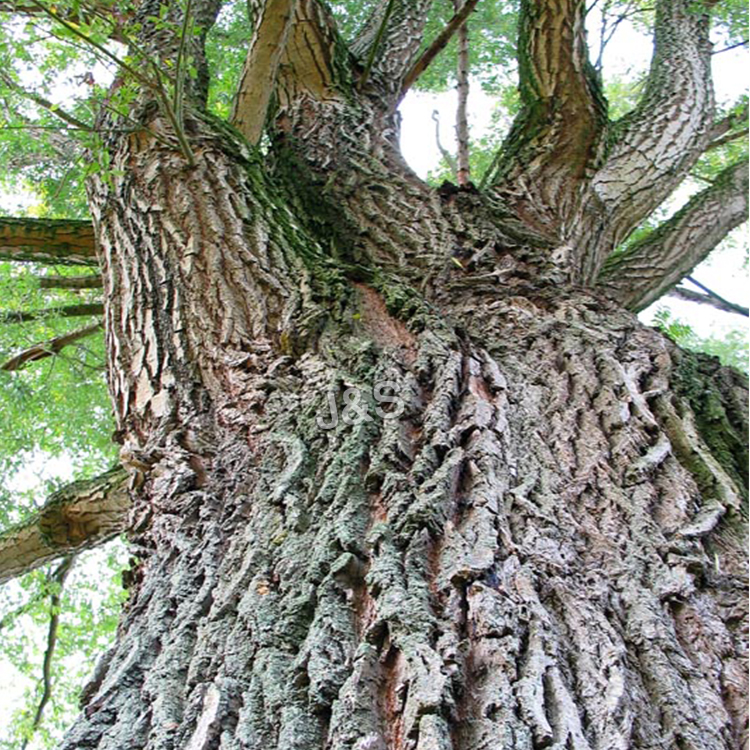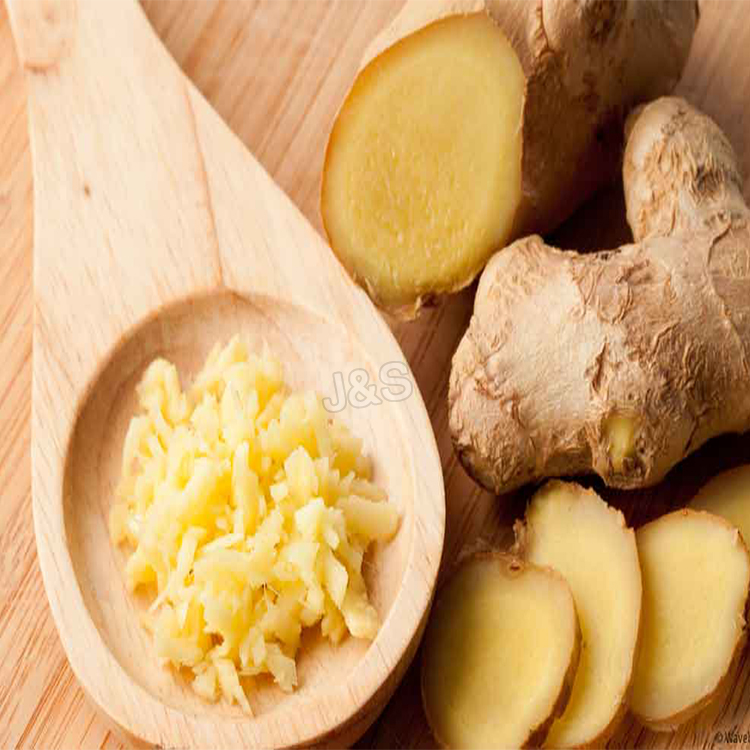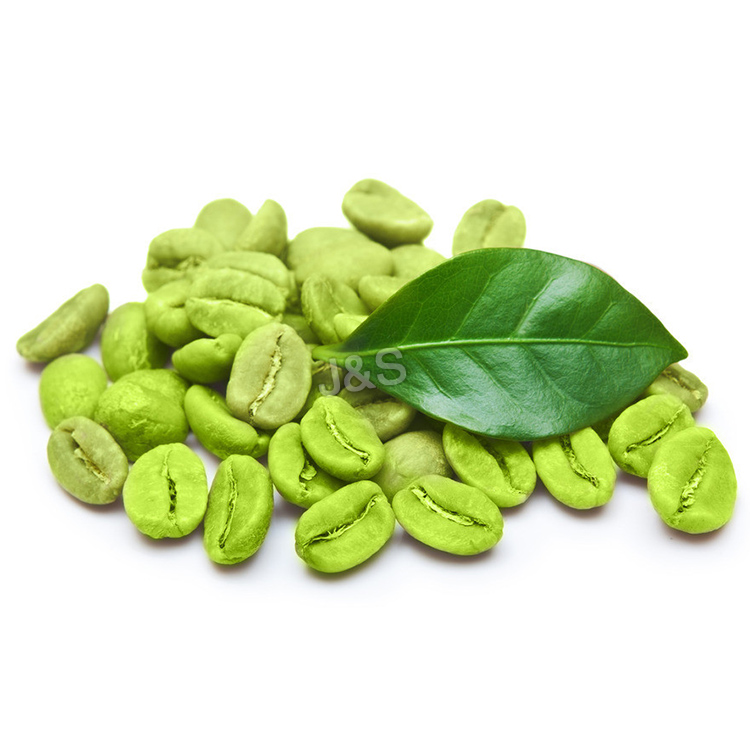18 years Factory offer Astaxanthin in Luxemburg
18 years Factory offer Astaxanthin in Luxemburg Detail:
[Latin Name] Haematococcus Pluvialis
[Plant Source] from China
[Specifications]1% 2% 3% 5%
[Appearance] Dark red Powder
[Particle size] 80 Mesh
[Loss on drying] ≤5.0%
[Heavy Metal] ≤10PPM
[Storage] Store in cool & dry area, keep away from the direct light and heat.
[Shelf life] 24 Months
[Package] Packed in paper-drums and two plastic-bags inside.
[Net weight] 25kgs/drum
Brief Introduction
Astaxanthin is a natural nutritional component, it can be found as a food supplement. The supplement is intended for human, animal, and aquaculture consumption.
Astaxanthin is a carotenoid. It belongs to a larger class of phytochemicals known as terpenes, which are built from five carbon precursors; isopentenyl diphosphate and dimethylallyl diphosphate . Astaxanthin is classified as a xanthophyll (originally derived from a word meaning “yellow leaves” since yellow plant leaf pigments were the first recognized of the xanthophyll family of carotenoids), but currently employed to describe carotenoid compounds that have oxygen-containing moities, hydroxyl or ketone , such as zeaxanthin and canthaxanthin. Indeed, astaxanthin is a metabolite of zeaxanthin and/or canthaxanthin, containing both hydroxyl and ketone functional groups. Like many carotenoids, astaxanthin is a colorful, lipid-soluble pigment. This colour is due to the extended chain of conjugated (alternating double and single) double bonds at the centre of the compound. This chain of conjugated double bonds is also responsible for the antioxidant function of astaxanthin (as well as other carotenoids) as it results in a region of decentralized electrons that can be donated to reduce a reactive oxidizing molecule.
Function:
1.Astaxanthin is a powerful antioxidant and may protect against oxidative damage to body tissues.
2.Astaxanthin can improve the immune response by increasing the number of antibody producing cells.
3.Astaxanthin is a potential candidate to treat neurodegenerative disease such as Alzhimer and Parkinson diease.
4.Astaxanthin dan reduce UVA-light damage to skin such as sunburn, inflammation, ageing and skin cancer.
Application
1.When applied in pharmaceutical field, astaxanthin powder has the good function of antineoplastic;
2.When applied in health food field, astaxanthin powder is used as food additives for pigment and health care;
3.When applied in cosmetic field, astaxanthin powder has the good function of antioxidant and anti-aging;
4.When applied in animal feeds field, astaxanthin powder is used as animal feed additive to impart coloration, including farm-raised salmon and egg yolks.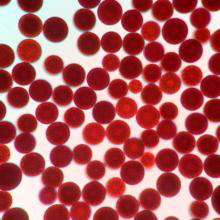
Product detail pictures:
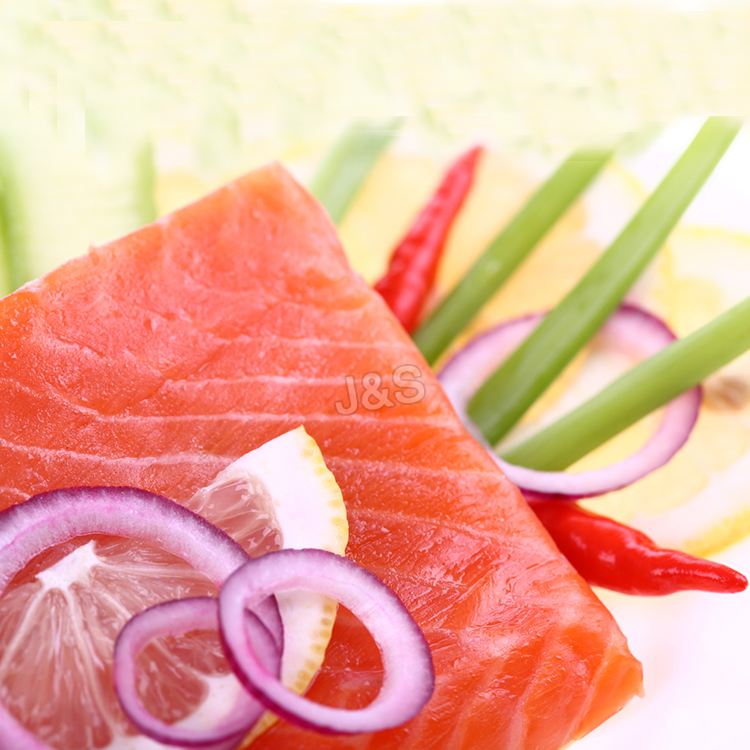
Related Product Guide:
Our advantages are lessen charges,dynamic income team,specialized QC,sturdy factories,premium quality services for 18 years Factory offer Astaxanthin in Luxemburg , The product will supply to all over the world, such as: South Korea, Iran, Kuwait, With excellent solutions, high quality service and sincere attitude of service, we ensure customer satisfaction and help customers create value for mutual benefit and create a win-win situation. Welcome customers all over the world to contact us or visit our company. We'll satisfy you with our qualified service!
Stevia sugar Industry, 2009-2019 Market Research Report https://www.profresearchreports.com/global-and-chinese-stevia-sugar-industry-2009-2019-research-report-market
The ‘Global and Chinese Stevia sugar Industry, 2009-2019 Market Research Report’ is a professional and in-depth study on the current state of the global Stevia sugar industry with a focus on the Chinese market. The report provides key statistics on the market status of the Stevia sugar manufacturers and is a valuable source of guidance and direction for companies and individuals interested in the industry.
Firstly, the report provides a basic overview of the industry including its definition, applications and manufacturing technology. Then, the report explores the international and Chinese major industry players in detail. In this part, the report presents the company profile, product specifications, capacity, production value, and 2009-2014 market shares for each company. Through the statistical analysis, the report depicts the global and Chinese total market of Stevia sugar industry including capacity, production, production value, cost/profit, supply/demand and Chinese import/export. The total market is further divided by company, by country, and by application/type for the competitive landscape analysis. The report then estimates 2014-2019 market development trends of Stevia sugar industry. Analysis of upstream raw materials, downstream demand, and current market dynamics is also carried out. In the end, the report makes some important proposals for a new project of Stevia sugar Industry before evaluating its feasibility. Overall, the report provides an in-depth insight of 2009-2019 global and Chinese Stevia sugar industry covering all important parameters.
You Can Get Free Sample Report @ https://www.profresearchreports.com/request-sample/9446
Pycnogenol® for Joint Health — Pycnogenol® in four clinical studies on joint health demonstrated its ability to promote joint mobility and flexibility and naturally relieve the aching.
The goods are very perfect and the company sales manager is warmful, we will come to this company to purchase next time.

